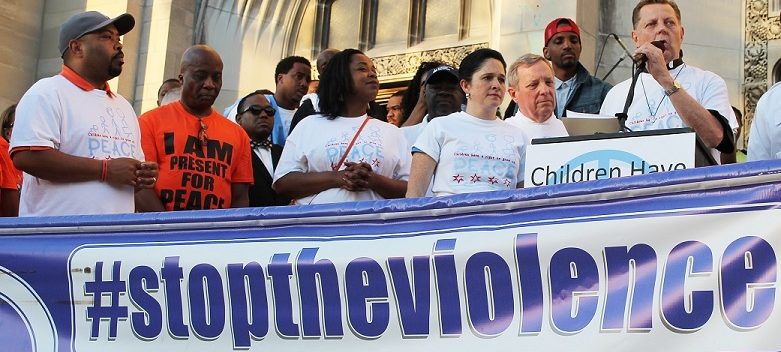Many teachers and organizers who must try to teach others how to deal with trauma and violence have written about their experiences and suggestions for future success. Here, the suggestions of a group of teachers known as We Are Teachers1, as well as the recommendations of Nicole Lee2, a community organizer from Oakland, are explored.
The Problem
For We Are Teachers and Nicole Lee, the problem they address in their articles deals with the need for healing and recovery in the face of trauma. They both know that the children and community members they work with often experience trauma. The teachers acknowledge that kids may come to class traumatized from any number of events. Nicole Lee acknowledges that the communities she works in are faced with a wide range of problems. But all authors agree that in order for the people they serve to be successful, healing must take place.
Who Needs Healing?
In their article, We Are Teachers makes it very clear that they are focused on helping children they encounter, who are dealing with trauma. They argue that when trauma goes unaddressed, children may be mislabeled as having behavioral or learning disabilities, and may over time find getting through school to be difficult.
But Nicole Lee says that community organizers themselves must learn to personally go through healing and recovery in order to help others. She acknowledges that the work of community organizers can often be traumatic. In order for organizers to be able to help the communities they serve, they must first help themselves. She says that personally, she does not see the healing she undergoes “as something entirely separate from the social justice work [she does].” Instead, she wishes to “integrate them” as much as possible over time.
What Does Healing Look Like?
Nicole Lee and We Are Teachers have similar ideas about what healing should look like, even though the targets of their respective healing techniques differ. We Are Teachers gives a list of ten classroom practices that can help teachers be better able to help children living with trauma. Those suggested practices include refraining from assuming children are always “trying to push your buttons,” meaning teachers should never assume children who may be dealing with trauma are also the ones who behave badly just for the sake of being bad. They suggest that teachers learn to closely monitor the behaviors of students they expect may be facing trauma. Other suggestions include keeping the students motivated by showing and telling them that they are “good at something.” They say children facing trauma may start to feel as if they have little to no worth. Giving them concrete tasks in the classroom, for example, can go beyond words or encouragement, and may convince them that there is a space in which they are needed and valued.
Nicole Lee’s recommended practices include removing thoughts of materialism. She says that often, organizers can get caught in traps of always thinking in terms of things – they may wish they had more money or more resources, and become demoralized because they lack what they desire or need. But Lee says it is more productive and healthy for organizers to think in terms of who they currently are and the work they currently must do. She also recommends that organizers acknowledge and celebrate every victory they get, no matter how small. Doing so will not only help them maintain a healthy mindset, but will also promote positivity and optimism amongst the people they serve.
